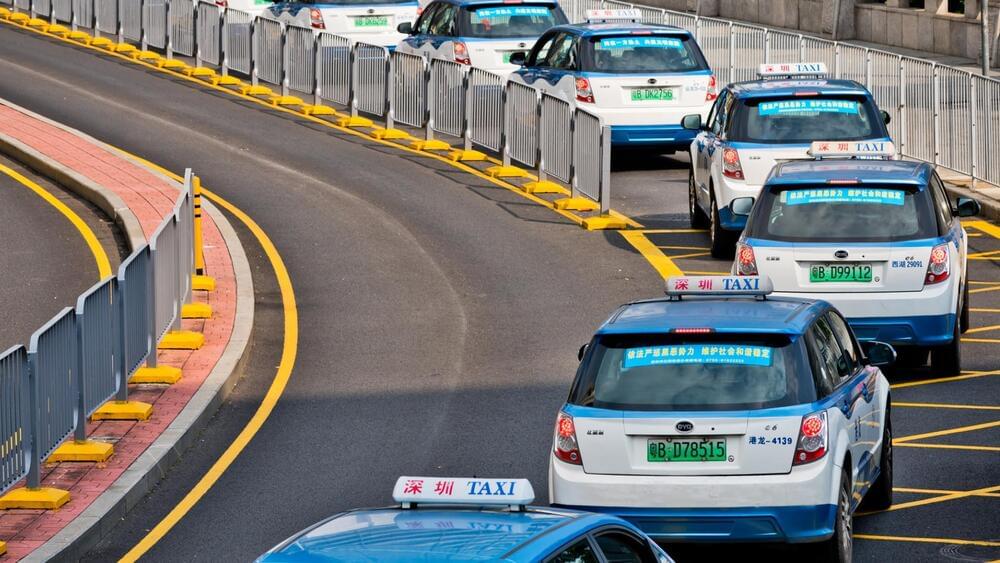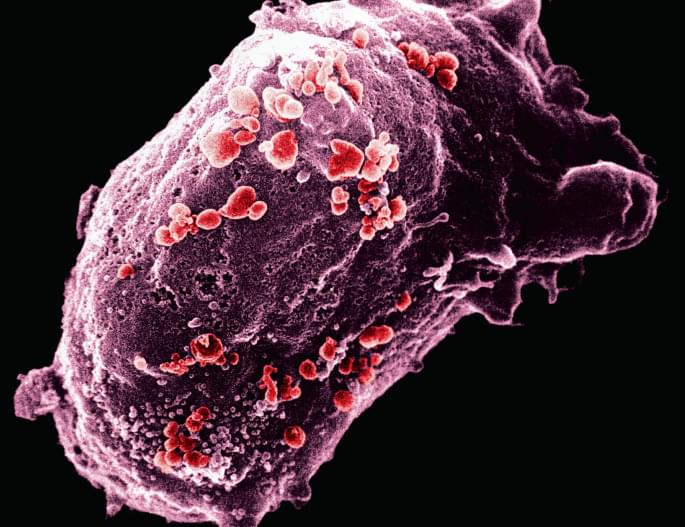Legacy companies are working with suppliers, spanning from manufacturers of battery materials to chip producers, to reduce costs.
Expanding globally, Chinese EV makers gain an advantage, utilizing supply chain control to offer competitive pricing.

Legacy companies are working with suppliers, spanning from manufacturers of battery materials to chip producers, to reduce costs.
Expanding globally, Chinese EV makers gain an advantage, utilizing supply chain control to offer competitive pricing.

The Paris-based startup dropped Mixtral 8x7B.
Mistral AI released Mixtral-8x7B on X, showcasing superior performance in multiple AI benchmarks.
Hyundai and Kia unveil snow chain-integrated tires for instant traction, safety, and hassle-free winter driving.
Revolutionize winter driving with Hyundai and Kia’s snow chain tires! Instant traction, safety at the touch of a button.

Fireworks on New Year’s Eve disturb birds up to 10 km away, triggering mass flights with potential hazards.
A new study finds New Year’s Eve fireworks disturb birds up to 10 km away, urging fireworks-free zones for conservation.
Is it possible to invent a computer that computes anything in a flash? Or could some problems stump even the most powerful of computers? How complex is too complex for computation? The question of how hard a problem is to solve lies at the heart of an important field of computer science called computational complexity. Computational complexity theorists want to know which problems are practically solvable using clever algorithms and which problems are truly difficult, maybe even virtually impossible, for computers to crack. This hardness is central to what’s called the P versus NP problem, one of the most difficult and important questions in all of math and science.
This video covers a wide range of topics including: the history of computer science, how transistor-based electronic computers solve problems using Boolean logical operations and algorithms, what is a Turing Machine, the different classes of problems, circuit complexity, and the emerging field of meta-complexity, where researchers study the self-referential nature of complexity questions.
Featuring computer scientist Scott Aaronson (full disclosure, he is also member of the Quanta Magazine Board). Check out his blog: https://scottaaronson.blog/
Read the companion article about meta-complexity at Quanta Magazine: https://www.quantamagazine.org/complexity-theorys-50-year-jo…-20230817/
00:00 Introduction to the P vs NP problem.
02:16 Intro to Computational Complexity.
02:30 How do computers solve problems?
03:02 Alan Turing and Turing Machines.
04:05 George Boole and Boolean Algebra.
05:21 Claude Shannon and the invention of transistors.
06:22 John Von Neumann and the invention of the Universal Electronic Computer.
07:05 Algorithms and their limits.
08:22 Discovery of different classes of computational problems.
08:56 Polynomial P problems explained.
09:56 Exponential NP Problems explained.
11:36 Implications if P = NP
12:48 Discovery of NP Complete problems.
13:45 Knapsack Problem and Traveling Salesman problem.
14:24 Boolean Satisfiability Problem (SAT) defined.
15:32 Circuit Complexity Theory.
16:55 Natural Proofs Barrier.
17:36 Meta-complexity.
18:12 Minimum Circuit Size Problem (MCSP)
- VISIT our Website: https://www.quantamagazine.org.

Armed with gene technologies and CAR-Ts, scientists are attempting to eliminate viruses that escape immune detection and lurk in tissues for years.

📸 Look at this post on Facebook https://www.facebook.com/share/U5sBEHBUhndiJJDz/?mibextid=xfxF2i
In the realm of computing technology, there is nothing quite as powerful and complex as the human brain. With its 86 billion neurons and up to a quadrillion synapses, the brain has unparalleled capabilities for processing information. Unlike traditional computing devices with physically separated units, the brain’s efficiency lies in its ability to serve as both a processor and memory device. Recognizing the potential of harnessing the brain’s power, researchers have been striving to create more brain-like computing systems.
Efforts to mimic the brain’s activity in artificial systems have been ongoing, but progress has been limited. Even one of the most powerful supercomputers in the world, Riken’s K Computer, struggled to simulate just a fraction of the brain’s activity. With its 82,944 processors and a petabyte of main memory, it took 40 minutes to simulate just one second of the activity of 1.73 billion neurons connected by 10.4 trillion synapses. This represented only one to two percent of the brain’s capacity.
In recent years, scientists and engineers have delved into the realm of neuromorphic computing, which aims to replicate the brain’s structure and functionality. By designing hardware and algorithms that mimic the brain, researchers hope to overcome the limitations of traditional computing and improve energy efficiency. However, despite significant progress, neuromorphic computing still poses challenges, such as high energy consumption and time-consuming training of artificial neural networks.

Progression independent of relapse activity (PIRA) has been increasingly recognized in people with multiple sclerosis (MS; NEJM JW Neurol May 24 2022 and JAMA Neurol 2022; 79:682). To learn more about PIRA, investigators used data from the Italian MS Register on 16,130 patients with relapsing-remitting MS, including 1,383 with pediatric-onset MS (POMS; median age at onset, 16), 14,113 with adult-onset MS (AOMS; median age at onset, 29), and 634 with late-onset MS (LOMS; median age at onset, 52).
Compared with patients with POMS, patients with LOMS had the highest incidence of PIRA (hazard ratio
These authors provide data supporting the notion that MS pathophysiology is different between patients with PIRA and those with relapse-associated worsening. While relapse-associated worsening seems to increase gradually and reach a plateau, PIRA begins in the 20s and continues to increase. PIRA encompasses accumulating neurodegenerative processes, supporting the concept that a subset of patients experience progression even within the relapsing-remitting phase of the disease.

SpaceX rockets are tearing holes in the Earth’s atmosphere as they make their return to the surface, triggering what scientists are calling “SpaceX auroras,” a newly coined term that refers to red, spherical spots in the night sky that can easily be seen with the naked eye.
As Spaceweather.com reports, the name isn’t entirely accurate as they’re technically not auroras. They’re the result of SpaceX rockets burning their engines in the Earth’s ionosphere, a part of the upper atmosphere where solar radiation ionizes atoms and molecules to create a protective layer of electrons.
That means that as the rocketmaker ratchets up its launch schedule, that could be a problem, because the ionosphere serves an important technical function by ensuring the stability of shortwave radio communication and GPS signals.
